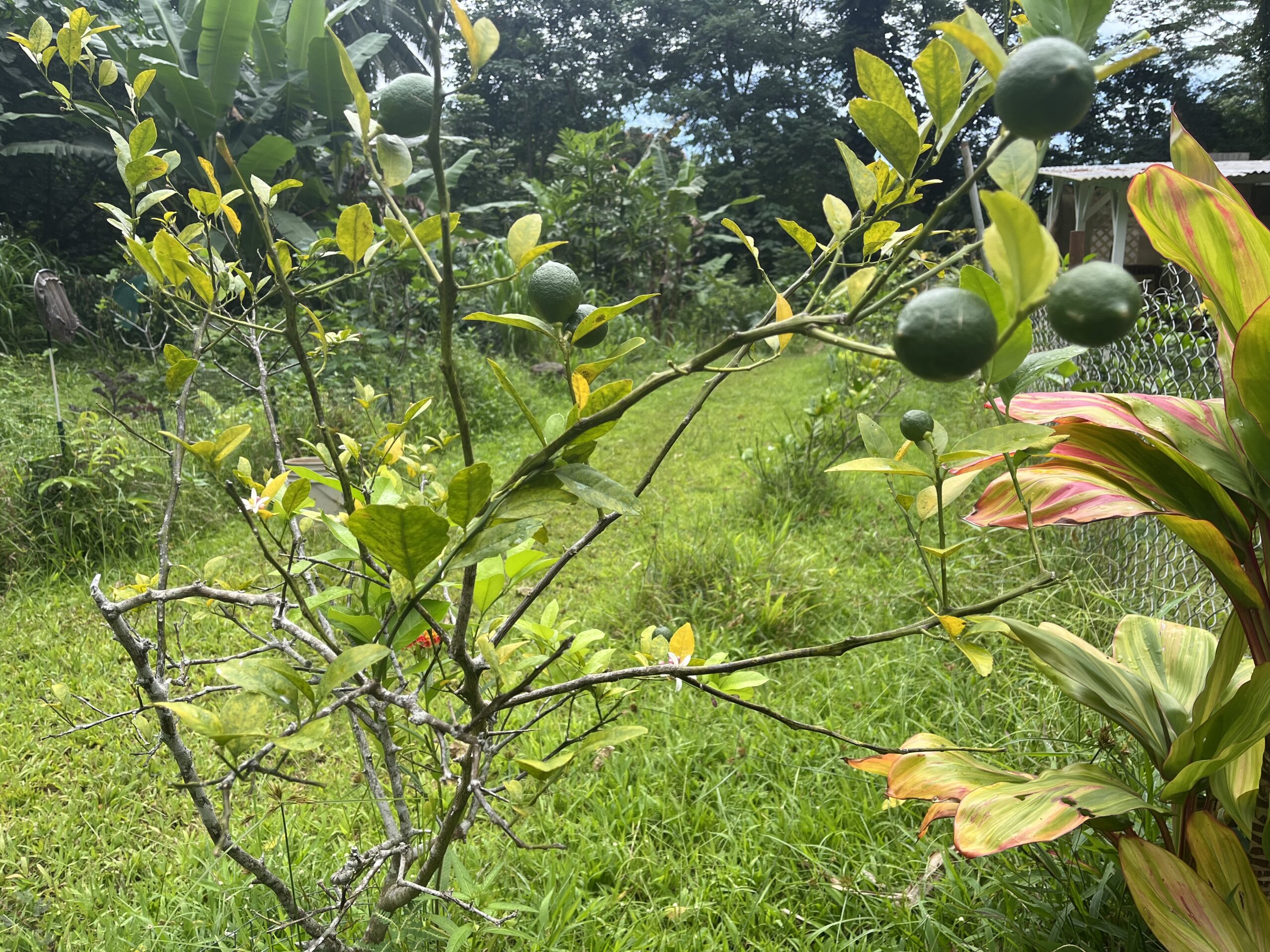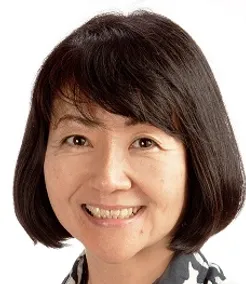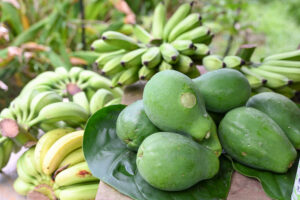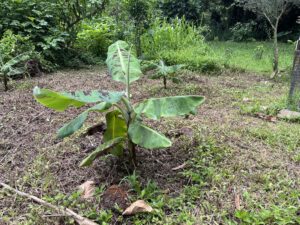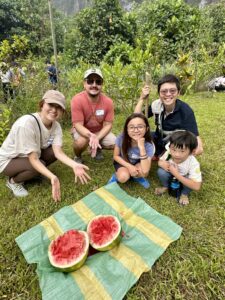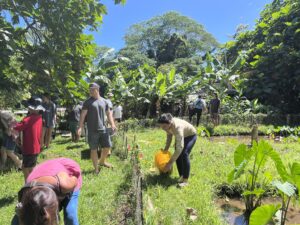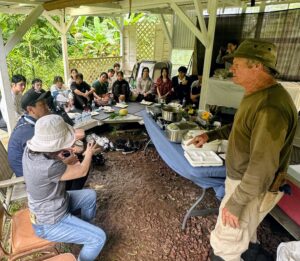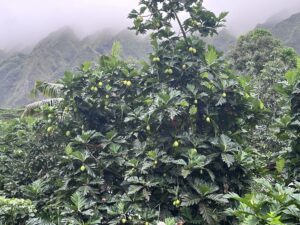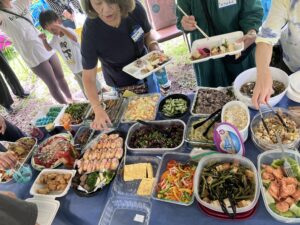Spring has finally come to our farm, and colorful flowers have begun to bloom!
Even though Hawaii is known as the “Island of Everlasting Summer,” we have winter, the rainy season. The days are usually chilly during the rainy season, generally lasting until around February or early March. This year in Hawaii, however, there were less sunny days than usual even after the vernal equinox, and the temperature did not rise until mid-April after the cherry blossom news from Japan had ended, so I felt that spring had been quite late.
Then came May, just around the corner from Mother’s Day, when flower shops bustle, expected flowers bloom all over Oahu, and also, our natural farm finally welcomes the full bloom of spring.
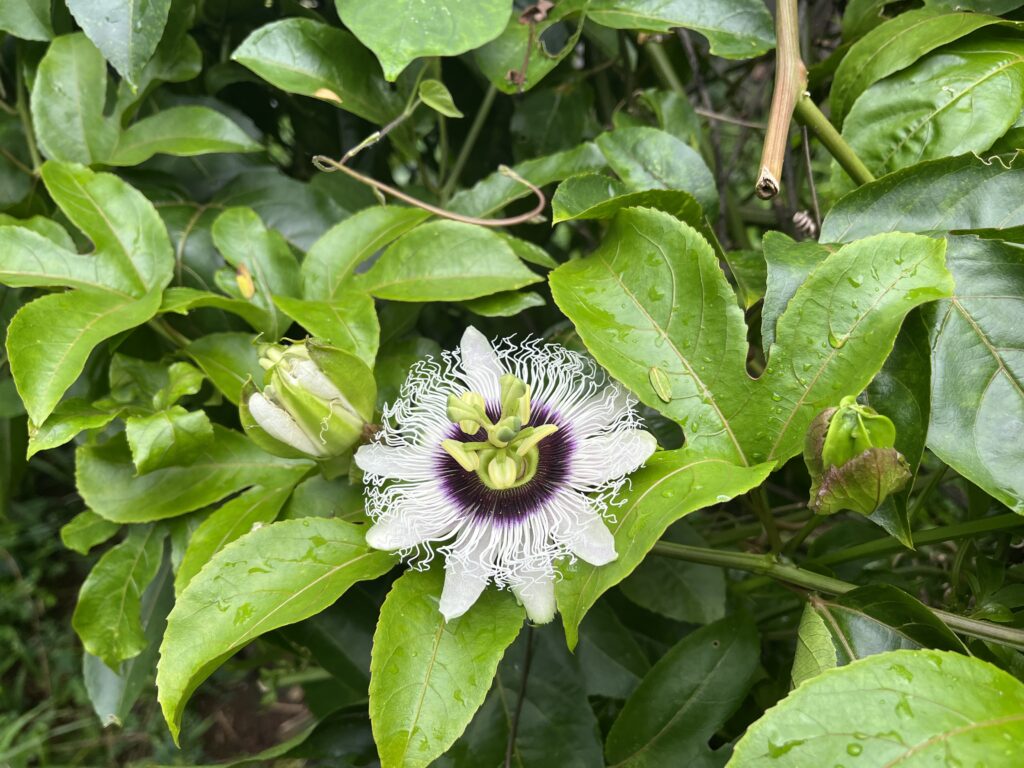
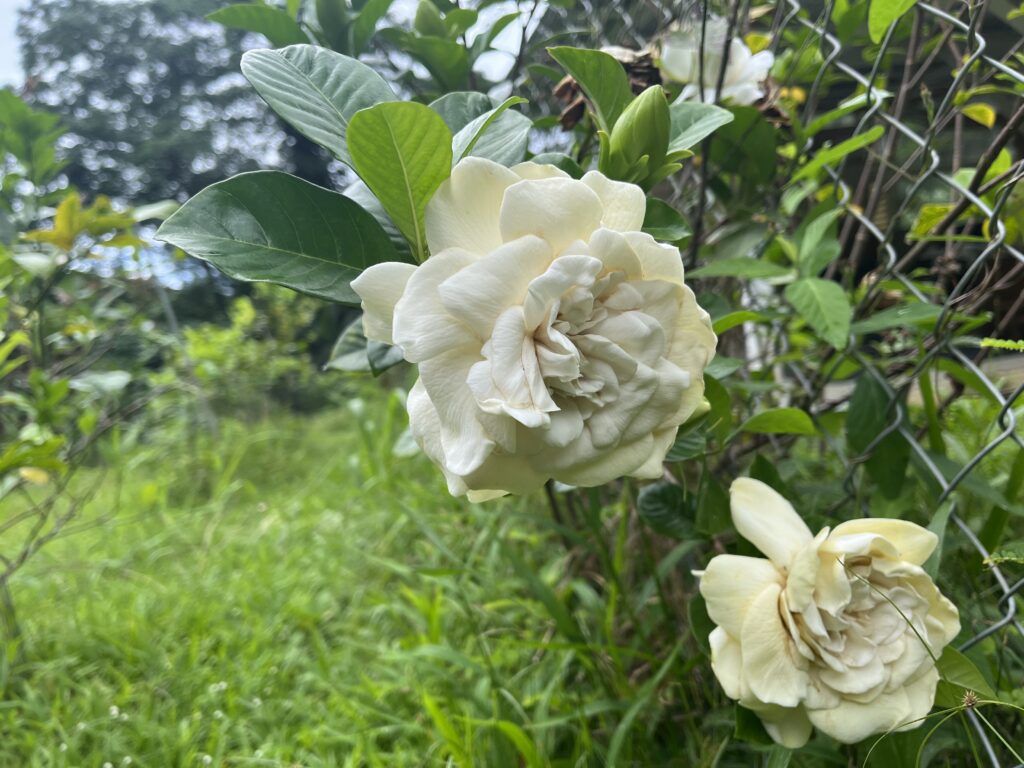
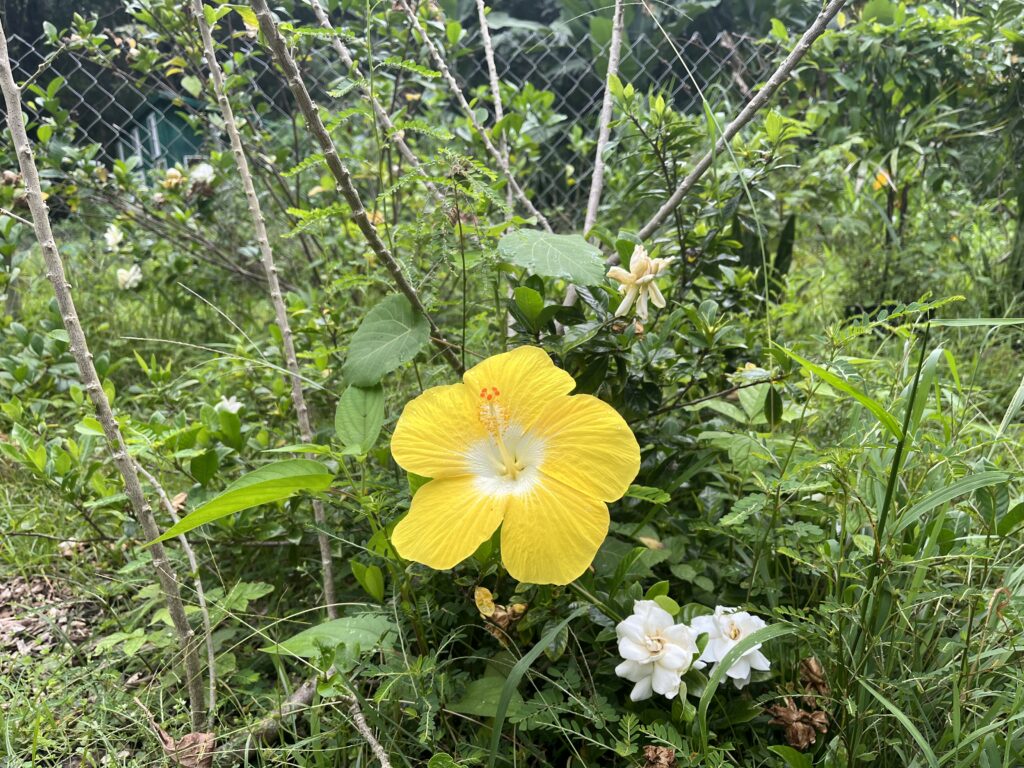
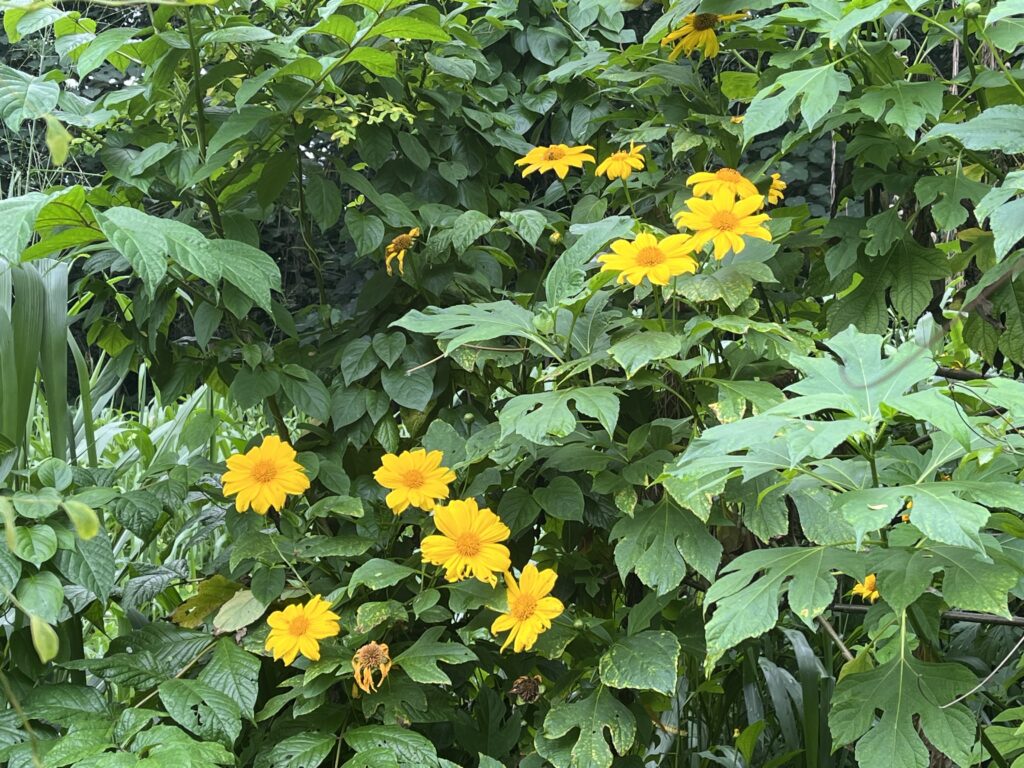
Since we grow plants in nature, with no chemical fertilizers or pesticides, not even in a greenhouse, our flowers and vegetables are susceptible to changes in sunlight and air quality. The flower buds, which until recently looked cold under the rainy sky, have all bloomed within the past week or so, and the vegetables have grown large leaves and are competing with the surrounding weeds for growth.

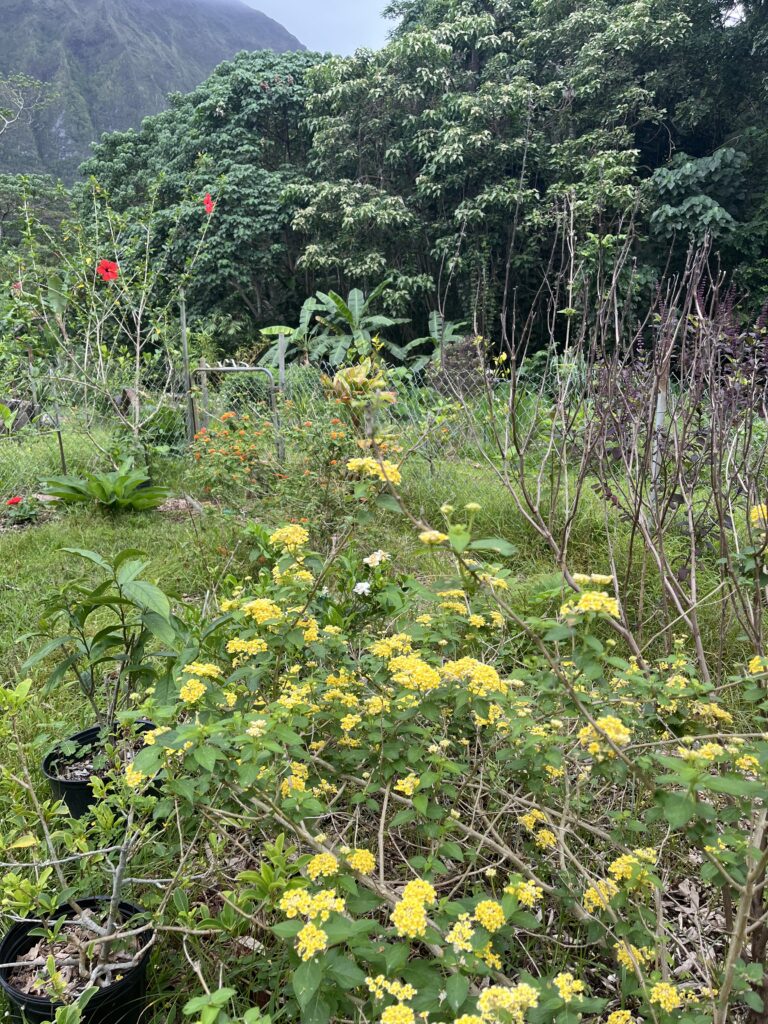
Moreover, the Meyer lemon tree has borne fruits! (See the topping picture) After four years of waiting for a fruit to grow on a tree planted shortly after we started the farm operation, we have prudently cared for the leaves and branches.
The Meyer lemon is said to have been created by grafting a conventional lemon with a mandarin orange brought back from China by Frank Meyer in the early 20th century. He explored foreign seeds and plants at the Department of Agriculture based in Florida. The skin of a Meyer lemon is thinner and finer than that of a regular lemon, and the Meyer’s inside is full of juice with aroma. The acid of lemon is combined with the light sweetness of the tangerine, and just writing this makes my mouth salivate.
These green fruits will be ripe and ready to eat in about six months. We will continue to nurture them with more patience and care than ever until they turn a beautiful orange-yellow color.

